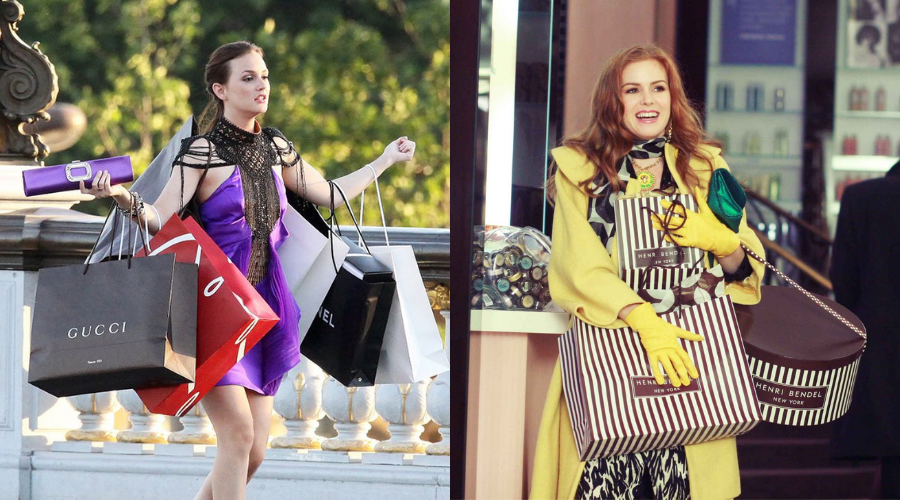
The fashion industry has always been a mirror reflecting societal shifts, and the battle for style supremacy is now being fought between two distinct generations: Gen Z and Millennials. While they share a passion for clothing, their approaches to fashion, shopping habits, and style preferences couldn’t be more different.
The digital divide
Born between the late 1990s and early 2010s, Gen Zers are the true digital natives. Raised in an era dominated by smartphones and social media, their fashion sense is deeply influenced by online platforms. Gen Z is the driving force behind fast fashion, with a penchant for trendy, affordable pieces. They are heavily influenced by social media influencers, often copying their outfits and purchasing similar items. Despite their love for fast fashion, a growing segment of Gen Z is becoming increasingly conscious of sustainability. They seek out brands with ethical practices and are willing to pay a premium for eco-friendly fashion. They are also is challenging traditional gender norms in fashion. They embrace gender-neutral clothing and experiment with different styles, expressing their individuality through their attire.
Born between the early 1980s and late 1990s, Millennials were the first generation to grow up with the internet. While they are comfortable with technology, their relationship with fashion is different from their younger counterparts. Millennials tend to be more brand-conscious and prioritize quality over quantity. They are willing to invest in classic pieces that can be worn for years to come. Unlike Gen Z, who prefer online shopping, Millennials enjoy the in-store experience. They appreciate the ability to touch and try on clothes before making a purchase. Millennials popularized the athleisure trend, blurring the lines between workout wear and everyday fashion. They are comfortable in casual, yet stylish clothing.
Interestingly, both generations are increasingly conscious of sustainability and ethical fashion, but their approaches differ. Gen Z is more likely to prioritize eco-friendly brands and second-hand shopping. They are also more vocal about demanding transparency from fashion brands. Millennials are also interested in sustainability but are more likely to focus on reducing waste and extending the life of their clothes. They are also more likely to buy from brands with a strong corporate social responsibility track record.
The style gap
However, the differences in fashion preferences between Gen Z and Millennials have created a noticeable style gap. Gen Z is all about bold colors, oversized silhouettes, and experimental fashion, while Millennials lean towards classic, minimalist styles with a focus on comfort. And, there is also a growing overlap between the two generations. Both groups are embracing athleisure, and there is a shared interest in sustainable fashion. Brands are responding to this difference and how.
Zara this fast-fashion brand for example, caters to both Gen Z and Millennials, but its marketing strategies differ for each group. For Gen Z, Zara focuses on social media influencers and limited-edition collections, while for Millennials, the emphasis is on quality materials and timeless designs.
Similarly Adidas the sportswear brand has successfully bridged the gap between the two generations by offering a wide range of products that appeal to both groups. Their collaborations with fashion designers have helped them stay relevant with Gen Z, while their classic styles continue to resonate with Millennials.
At the same time, there are some brands who focus more on one category. Shein this fast-fashion giant has successfully tapped into the Gen Z market with its affordable prices, trendy styles, and strong social media presence. Everlane on the other hand has resonated with Millennials by focusing on transparency, sustainability, and high-quality basics.
As the fashion industry goes through a transformation, driven by evolving preferences of Gen Z and Millennials, there are distinct differences in their shopping habits and style choices, both generations are shaping the future of fashion. As these generations continue to mature, it will be interesting to see how their styles evolve and whether the gap between them will narrow.












